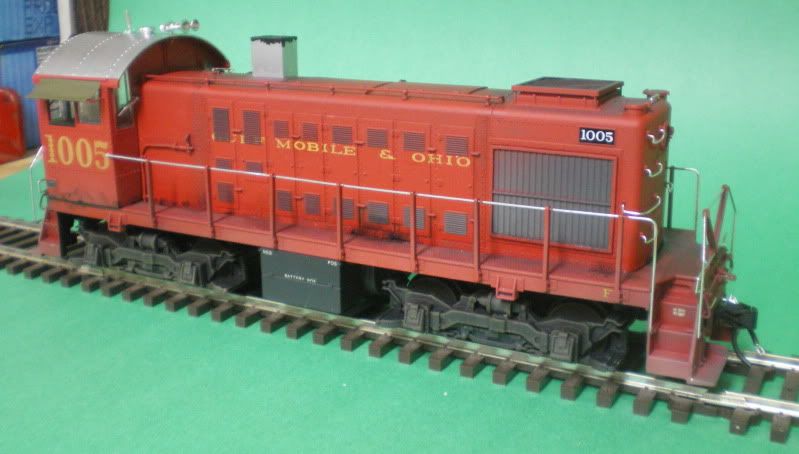Thought I'd share a few comments about my new CN Alco switcher. I am happy to say (unlike some other posts here) that everything works well. Really impressed with how realistically it moves, the paint, smoke & for the most part, the sounds. I would have liked a little more engine volume in the auto setting. It would be neat to see smoke increase with speed & load then ease up.
It can run so slow, it's like the big hand on an old clock, no humming, buzzing or jerkiness of any sort.
Only downside I see (perhaps it's unavoidable), the couplers seem to stick out too far. I don't mind the large couplers but from some angles they're out there.
When the new forum opens I'll add a video.
It is a light feeling loco with only one motor. I haven't run it with many cars, just a few holiday test runs.
Anyone else have any thoughts on this Alco?
Original Post





